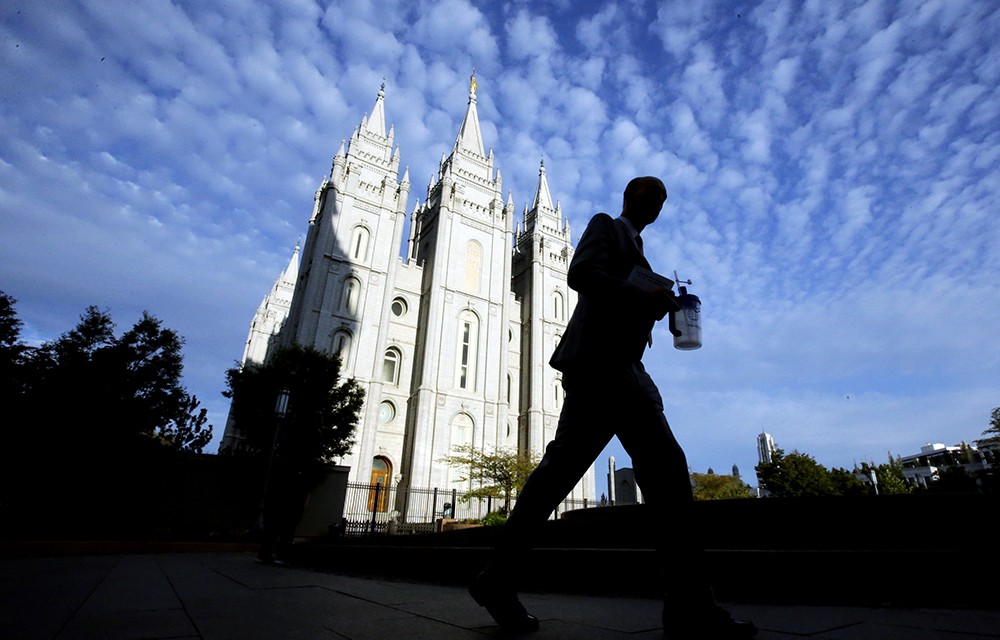Indigenous Mormons struggle to balance pride in the faith with LDS history

When Sarah Newcomb was in third grade, she and her classmates got their choice of roles in the Thanksgiving play: a Pilgrim with a buckled hat or a Native American wearing a feathered headband.
Growing up in Virginia as an ethnic Tsimshian, a Native Alaskan people, Newcomb was the only Indigenous person in her class, and she was proud of it. She went straight for the headband but was surprised to see every other child pick the Pilgrim hat.
When she got home, she asked why there weren’t more brown girls like her with long, dark hair.




